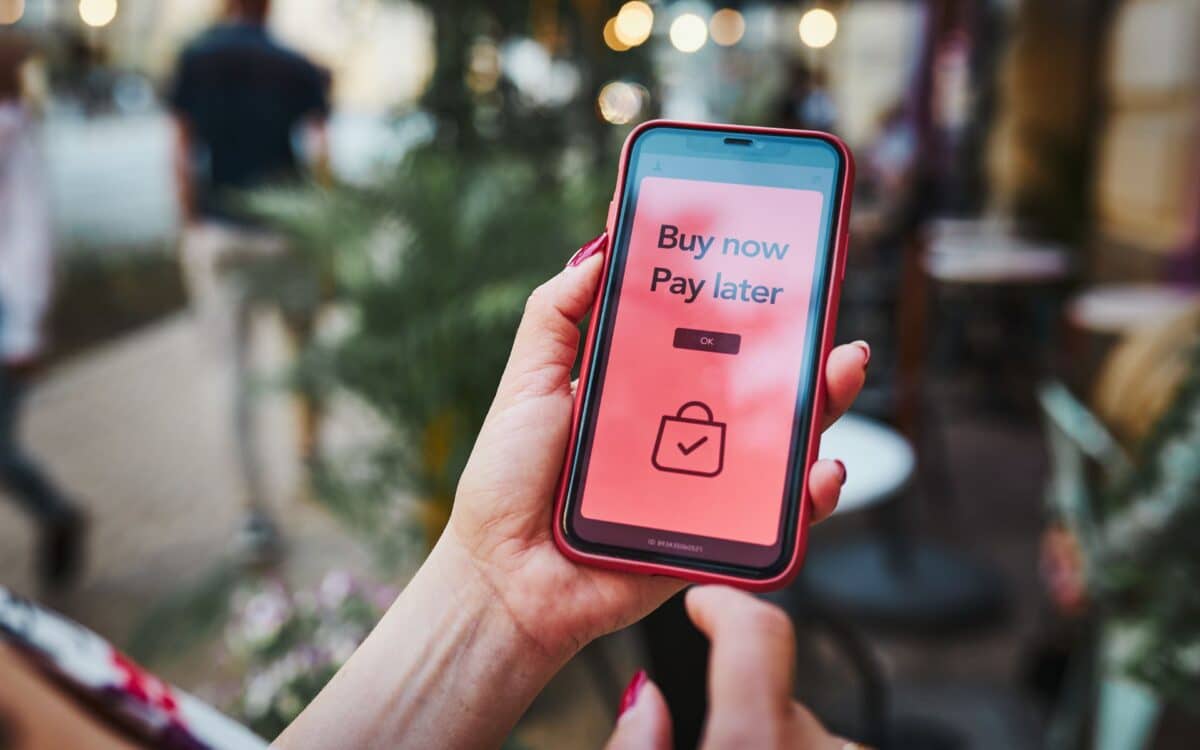Starting this fall, Buy Now, Pay Later (BNPL) loans will begin to affect the credit scores of millions of Americans. This change follows an announcement from FICO, a major credit scoring company, which revealed it will incorporate these loans into its model.
Historically, BNPL loans, which are typically used for smaller purchases like clothing, furniture, and concert tickets, did not have an impact on credit reports.
AP News reported that this new integration aims to provide lenders with a more complete view of a consumer’s financial behavior. The update will include these short-term loans, a significant development in credit scoring practices.
New FICO Model to Include BNPL Loans
The new FICO credit score model will take BNPL loans into account, allowing lenders to better assess the financial behavior of borrowers who use these services.
Previously, BNPL loans were excluded from credit reporting, with companies like Affirm beginning to voluntarily report data to credit bureaus in April.
Affirm reports loans in four installments to Experian, one of the major credit bureaus, which is a significant move for greater transparency.
FICO’s new approach will start being available in the fall, giving lenders an option to access more comprehensive data when evaluating borrowers’ creditworthiness.
This move is part of a broader trend towards greater transparency in consumer lending. FICO stated that their updated model would help lenders evaluate the readiness of consumers—particularly younger individuals or those with limited credit histories—to take on new debt.
According to Julie May, Vice President of Business-to-Business Scores at FICO,
Buy Now, Pay Later loans are playing an increasingly important role in consumers’ financial lives.
We’re enabling lenders to more accurately evaluate credit readiness, especially for consumers whose first credit experience is through BNPL products.
Why BNPL Loans Weren’t Included Previously
BNPL loans differ from traditional loans in several key ways.

Typically, consumers repay these loans in four installments over a six-week period, with most plans marketed as zero-interest and involving minimal to no credit checks.
Unlike credit cards or personal loans, BNPL products do not fit neatly into the models used by the three main credit bureaus—Experian, TransUnion, and Equifax—which is why they were previously excluded from credit scores.
These loans were seen more as a consumer-friendly alternative to traditional credit, but their growth has led to concerns about a lack of visibility into repayment behavior and rising levels of “loan stacking”, where consumers take on multiple BNPL loans from various providers without realizing the cumulative impact.
Nadine Chabrier, senior policy and litigation counsel at the Center for Responsible Lending, expressed concern about this trend:
There isn’t a lot of information out there about how integrating BNPL into credit scoring will work out… It’s a little hard to tell what the consequences will be.
The Growing Role of BNPL in Consumer Finance
As BNPL services grow in popularity, the new FICO scoring model will allow lenders to assess the significance of these loans in a consumer’s overall credit picture.
Julie May further explained that this will enable lenders to evaluate the credit readiness of consumers who rely on BNPL products for their first credit experience.
One important goal of FICO’s model is to make credit more accessible for individuals who might otherwise have trouble qualifying for loans.
The data indicates that consumers who responsibly manage multiple BNPL loans tend to show either stable or improved credit scores under the new model.
A joint study conducted by FICO and Affirm, using a sample of more than 500,000 BNPL borrowers, found that consumers with five or more BNPL loans typically saw their scores increase or remain stable.
Moreover, the average BNPL loan is $135, a relatively small amount that could still have a cumulative effect when multiple loans are taken out.
Risks and Concerns About the Change
Despite the potential benefits, critics of the new scoring system, including Nadine Chabrier of the Center for Responsible Lending, have expressed concerns.
Many BNPL users already struggle with credit card debt and delinquencies, and the inclusion of BNPL loans in credit scores may disproportionately affect vulnerable groups, including women of color.
Chabrier emphasized that there is little data available on how integrating BNPL into credit reports could impact people with limited financial resources, adding,
This is a credit vulnerable community.
In particular, some worry that the new model could create unintended negative consequences for consumers already on the margins of the credit system.
There are also concerns about the lack of clarity surrounding how BNPL data will be weighed by the new credit scores and whether this could lead to potential harm for already credit-restrained consumers.
What This Means for Consumers
Although the change is significant, experts like Adam Rust from the Consumer Federation of America don’t expect it to be a game-changer for individuals with established credit profiles.
Are we at a point where using BNPL loans will dramatically alter your credit profile? Probably not – Said Rust.
I think it’s important that people have reasonable expectations.
The relatively small size of the average BNPL loan (around $135) means that even consistent repayment may not lead to dramatic changes in one’s credit score.
However, as BNPL loans become part of the broader credit ecosystem, they could help to create a more accurate picture of consumers’ financial health, reducing the chances of consumers over-extending themselves with unmanageable debt.
Rust further explained,
This addresses the problem of ‘phantom debt’, and that’s a good thing… Because it could be something that keeps people from getting too deeply into debt they can’t afford.









